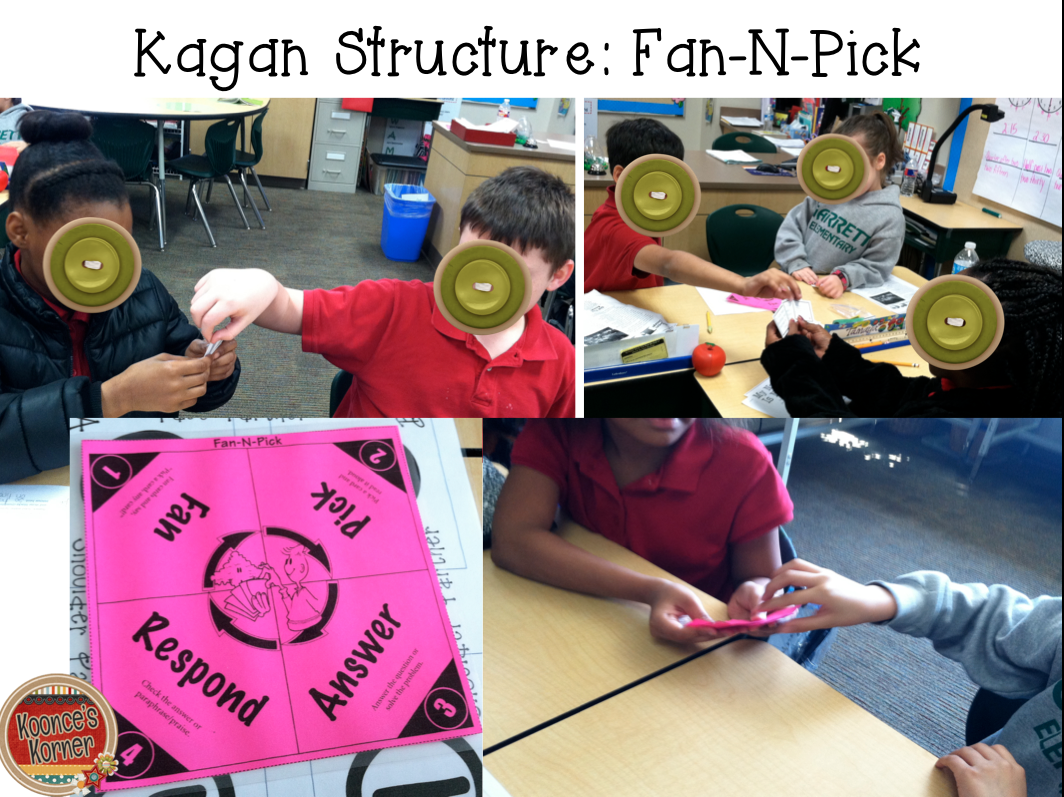

Cooperative classrooms represent a shift from traditional lecture-style classrooms to more brain-friendly environments that benefit all learners (see Figure 1).įigure 1. These benefits and quality learning are realized only when both the general and special education teachers are committed to the learning structures that benefit all students.Ĭooperative learning challenges some people’s beliefs about education.


When structures are in place for this level of dialogue to occur, it accelerates the comprehension process (Bucalos & Lingo, 2005).Īccording to Stevens and Slavin (1995), students with disabilities are more likely to be at instructional level and have positive learning outcomes when explanations and models are provided by their peers. That is, by actively monitoring students’ learning, teachers are able to redirect groups toward learning tasks and provide reteaching during mini-conferences as appropriate. Further, when students are thinking aloud while discussing, teachers are better able to assess student and group needs and intervene if needed. Specifically, in inclusive classes that use cooperative learning, students articulate their thoughts more freely, receive confirming and constructive feedback, engage in questioning techniques, receive additional practice on skills, and have increased opportunities to respond. Students with disabilities are more engaged in classroom activities where cooperative learning structures are in place compared to more traditional classroom interventions. There are several benefits of cooperative learning structures for students with disabilities. Cooperative Learning in Inclusive Classrooms: Students Who Work Together, Learn Together Lisa M.


 0 kommentar(er)
0 kommentar(er)
